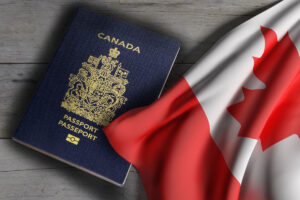When you have a fixed salary, determining how much to allocate to your savings account can be challenging. A practical approach is to divide your paycheck. Calculate your monthly bills and identify your discretionary income. Trim any expenses you consider unnecessary and try negotiating lower bills where possible. While it’s generally advised to save at least 10% of your salary, the actual amount you save should align with your financial capabilities.
Once you’ve established your budget, you can determine how much to transfer to your savings accounts. The most convenient way to ensure consistent savings is by setting up automatic deposits with your bank or financial institution. They can arrange for a predetermined amount to be deducted from your account every month or on payday and transferred to your savings account. This automated process prevents you from inadvertently spending those funds elsewhere. Here are the 2 most valuable tip you can do for saving your money on your upcoming journey to Canada.
The 50% -30% -20% budgeting rule is a widely recognized and straightforward method for managing finances, making it easier to save money. It revolves around dividing your income into three distinct categories:
50% for Needs: This portion covers essential expenses such as food, housing, clothing, and bills. Even though it may seem like a significant chunk, these are typically the costliest aspects of your monthly expenses, regardless of your income.
30% for Wants: This category encompasses discretionary spending like dining out, entertainment, vacations, and other non-essential items. It’s important to note that you can adjust this percentage, allocating more towards debt payment or savings, especially if you have high-interest debt.
20% for Financial Goals: The final portion is dedicated to your financial objectives, whether it’s building an emergency fund, saving for retirement, reducing debt, or general savings. This part of your income should only be accessed once your essential bills have been settled.
Many individuals wonder how to avoid financial strain, and one effective approach is to apply the 30-day rule. This rule entails refraining from making non-essential purchases for a 30-day period. During this time, you have the opportunity to assess the necessity of the purchase. If, after 30 days, you find that you no longer desire the item, it likely wasn’t a crucial buy in the first place.
The reason behind the success of this rule lies in the fact that non-essential purchases are often driven by impulsive decisions. Taking the time to contemplate the purchase removes emotion from the equation and allows for a more logical assessment. If the purchase still holds value after this period, then it may indeed be a necessary acquisition. However, if it doesn’t, you can avoid impulsive spending, thereby preserving your savings.
Once you’ve determined that the purchase isn’t worthwhile, you can choose to leave the money in your regular account or transfer the equivalent amount to your savings. While not mandatory, this practice aids in growing your savings and accelerates progress toward your savings objectives.










